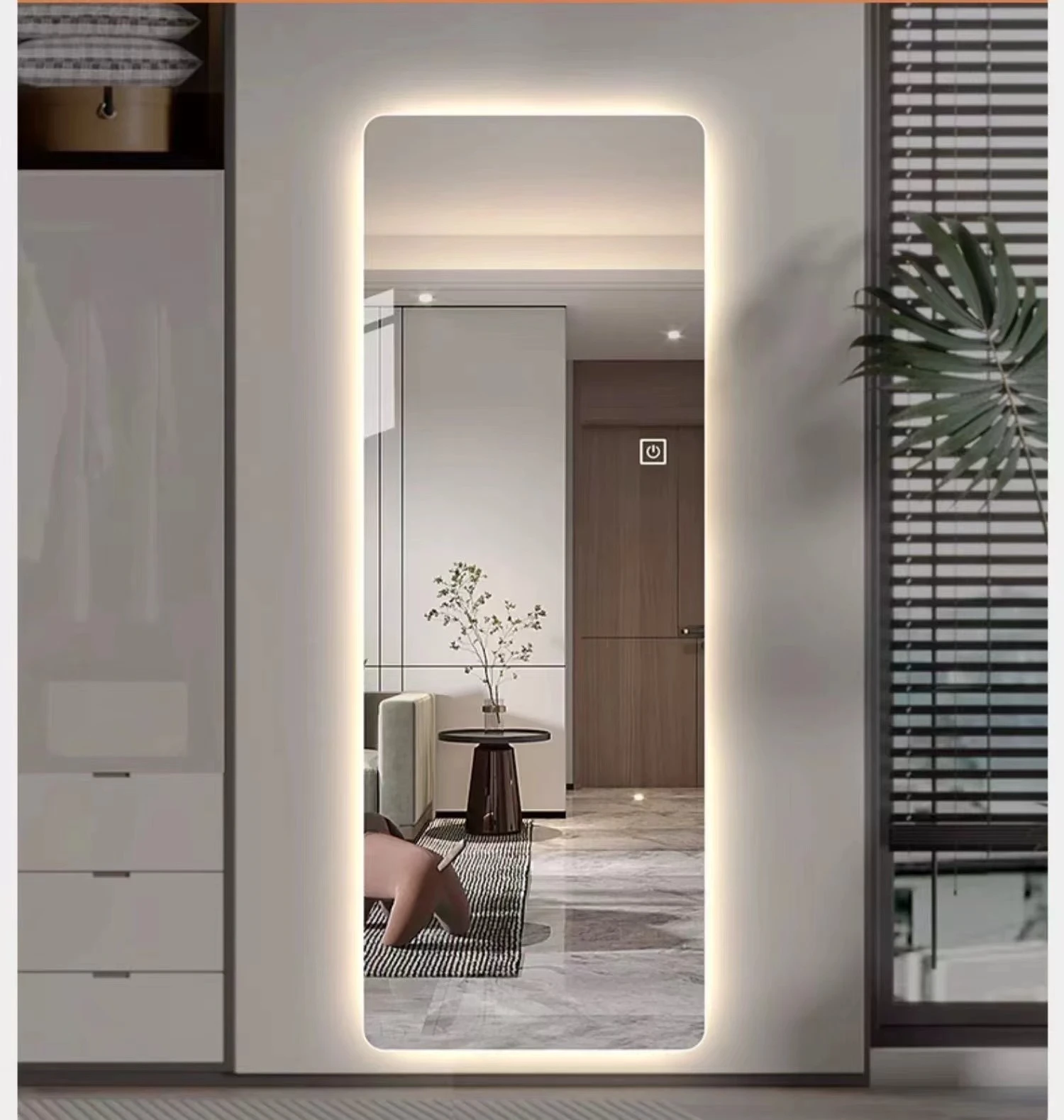

The Benefits and Applications of High Reflective Glass
High reflective glass is becoming increasingly popular in various architectural and design applications due to its unique properties and aesthetic appeal. This type of glass is designed to reflect a significant amount of solar energy, which can enhance the functionality and look of buildings while also contributing to energy efficiency. As the world continues to prioritize sustainability and eco-friendly materials, high reflective glass serves as a practical solution for modern architecture.
One of the most significant advantages of high reflective glass is its ability to improve thermal efficiency. By reflecting solar radiation, it reduces the amount of heat that enters a building, thereby lowering the reliance on air conditioning systems and reducing energy costs. This is crucial in regions with extreme temperatures, where air conditioning contributes significantly to energy consumption. Buildings with high reflective glass can maintain more stable indoor temperatures, leading to increased comfort for occupants while also decreasing the overall carbon footprint of the structure.
Beyond its energy efficiency, high reflective glass also offers aesthetic benefits. It creates a sleek and modern look that enhances the overall appearance of buildings. The reflective surface can create stunning visual effects, particularly when used in urban environments, where it can mirror surrounding landscapes or cityscapes. This characteristic not only adds to the beauty of individual structures but can also contribute to the overall architectural harmony of a neighborhood or city.
Furthermore, high reflective glass can improve privacy without sacrificing natural light. The reflective coating acts as a barrier, preventing outsiders from easily seeing inside, which is particularly advantageous for commercial buildings and offices. This privacy can foster a more comfortable working environment, allowing employees to focus on their tasks without the distraction of passersby. The balance between transparency and reflection offered by this type of glass makes it a versatile choice for both residential and commercial projects.

In addition, high reflective glass is highly durable and resistant to environmental factors. It can withstand harsh weather conditions, such as strong winds, heavy rain, and intense sunlight, making it an ideal choice for a variety of climates. This durability extends the lifespan of buildings and reduces maintenance costs, as high reflective glass is less prone to fading, discoloration, and deterioration over time. The investment in such high-quality materials can pay off significantly in the long run.
High reflective glass also aligns with contemporary trends of incorporating sustainable materials and practices in construction. Many architects and builders are now focusing on green building certifications, such as LEED (Leadership in Energy and Environmental Design), which often emphasize the use of energy-efficient materials. By utilizing high reflective glass, architects can contribute to achieving these green building standards, thus securing the future for sustainable construction.
Moreover, this type of glass can be integrated with advanced technologies such as smart glass and photovoltaic systems. Smart glass can adapt its reflective properties based on sunlight conditions, further optimizing energy use in buildings. Photovoltaic systems can also be embedded within the glass, allowing buildings to generate their own energy while maintaining aesthetic appeal. These innovations position high reflective glass at the forefront of modern architectural solutions, blending form and function seamlessly.
In conclusion, high reflective glass is a remarkable material that offers numerous benefits for both residential and commercial applications. Its energy-efficient properties help reduce heating and cooling costs, making it an environmentally friendly choice. The aesthetic flexibility of high reflective glass enriches the visual landscape of urban settings while providing privacy and durability. As architects and builders increasingly prioritize sustainability, high reflective glass is set to play a critical role in shaping the future of architecture, creating buildings that are not only beautiful and functional but also responsible and efficient. The continued development and application of this innovative material will undoubtedly contribute to a greener and more stylish built environment.